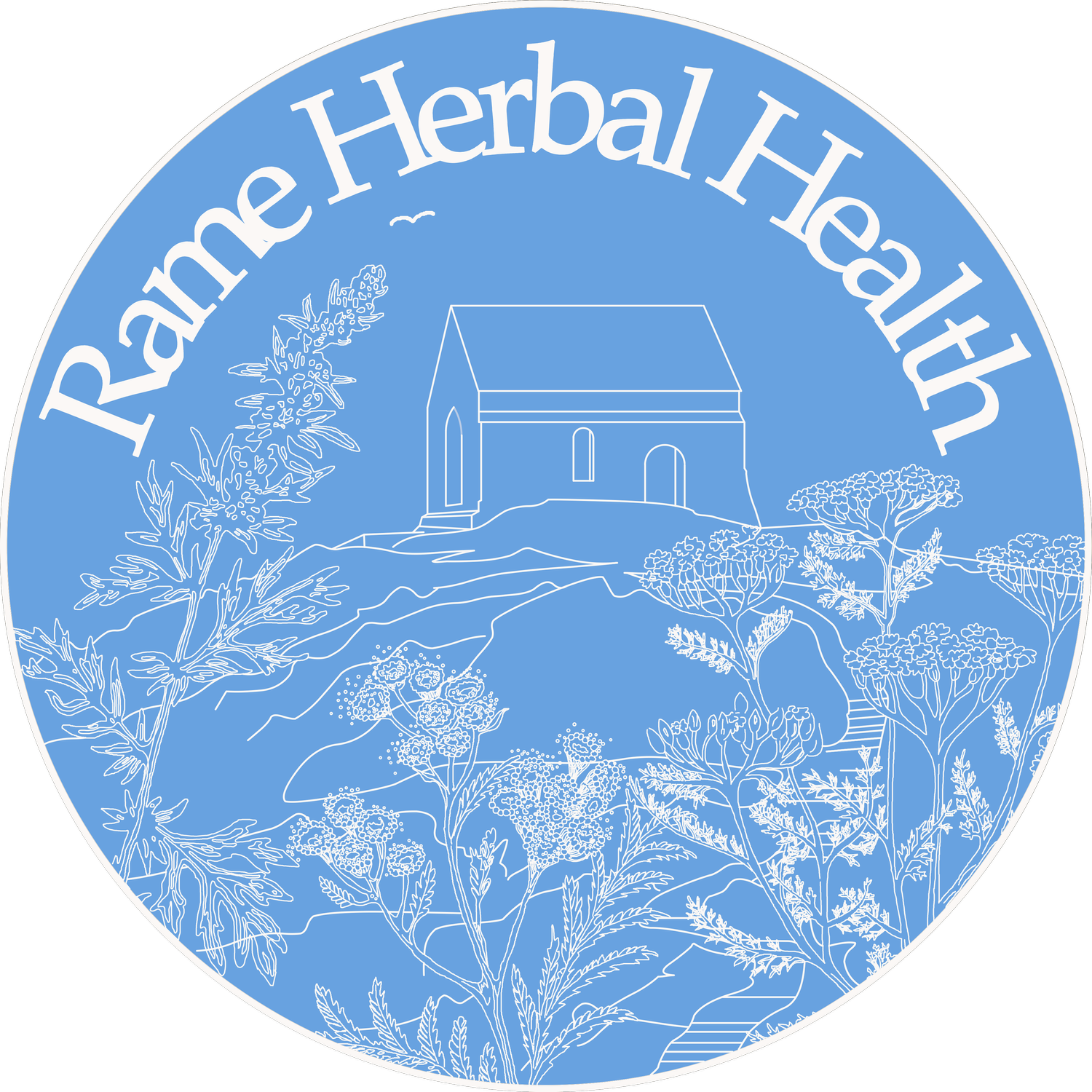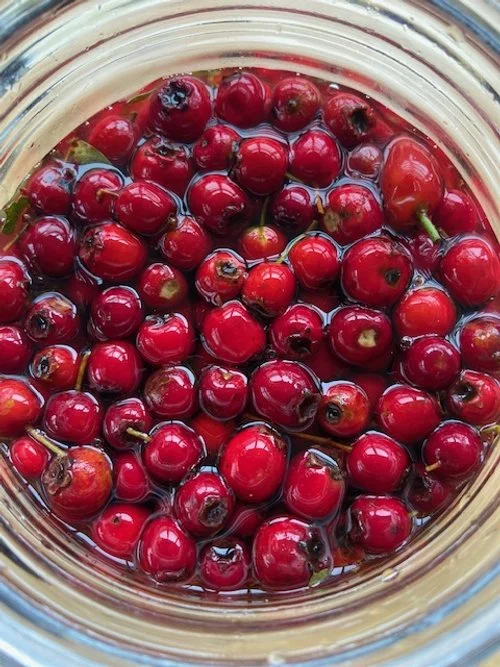Breathing Life into Herbal Learning
Photo unknown author
This weekend I had the pleasure of teaching Year one students at Betonica School of Herbal Medicine, Somerset. It was a focus on the respiratory system and how herbal medicine can support its function. It was a lovely day, there is something special about meeting new students at the beginning of their herbal journey. Their curiosity, enthusiasm and thoughtful questions remind me why I love this work. Teaching involves not only sharing information, but finding meaningful ways to communicate the principles of herbal medicine.
The students are at the beginning of their training and the curriculum is already quite demanding. They’ve begun studying the fundamentals of anatomy, physiology and chemistry. All essential subjects, but understandably overwhelming at first. Days like this offer a valuable opportunity to make those topics more accessible by connecting body systems with the actions of herbs. It’s a way to bring theory to life and show how herbal medicine works in real-world practice.
Working alongside fellow herbalist Flora Scott, we began the morning with discussion and tasting. Our focus was on upper respiratory health, how to prevent colds and flu and how to support the body when symptoms arise. We explored the actions of herbs used in respiratory care. Expectorants, antimicrobials, anti-inflammatories and soothing demulcents. Tasting the medicines helped students understand the sensory experience of herbs, their flavour, texture and immediate effects.
We talked through herbs like thyme, elecampane, liquorice and mallow. Considering their roles in clearing mucus, calming inflammation and supporting immune resilience. We also reflected on the importance of prevention. How herbs can strengthen the system before illness takes hold. Alongside, how lifestyle and seasonal awareness play a role in maintaining respiratory health.
The afternoon was hands-on and creative. We made medicinal syrups using elderberries, rosehips and liquorice root. Warming spices like cardamon, cinnamon and star anaise were added for protection and flavour. Syrup-making is a wonderful way to introduce herbal medicine, it’s accessible, effective and delicious. Students were able to see the process from start to finish. They each had their own handmade remedies to take home and the confidence to try making them on their own.
Image my own
We finished the day with a blind tea tasting. A gentle, sensory exercise and another opportunity to feel and sense the herbs in our bodies. Without knowing which herb, students were invited to tune into taste, texture and subtle effects. It was a chance to slow down, reflect and connect with the plants in a more intuitive way.
Herbal medicine is as much about relationship as it is about science. It’s about listening, observing and responding with care. Meeting new learners and watching them begin to weave their own understanding is always encouraging. It reminds me that this work is not static; it’s dynamic, evolving, and rooted in care and community.
As I drove to the training centre that morning, I found myself reflecting on my own journey. Studying at Betonica, sitting in those same classrooms, grappling with the same subjects. I remember how it felt to be at the beginning, full of questions and wonder. Now, years later, I walk into the staff room and sit beside those who were once my teachers, now my peers. It feels like a full circle moment, like the cycles of nature we so often speak about in herbal medicine.
I’m grateful to be contributing to the next generation of herbalists and sharing what I’ve learned along the way. I look forward to seeing how their herbal paths unfold and to many more days of shared learning ahead.


